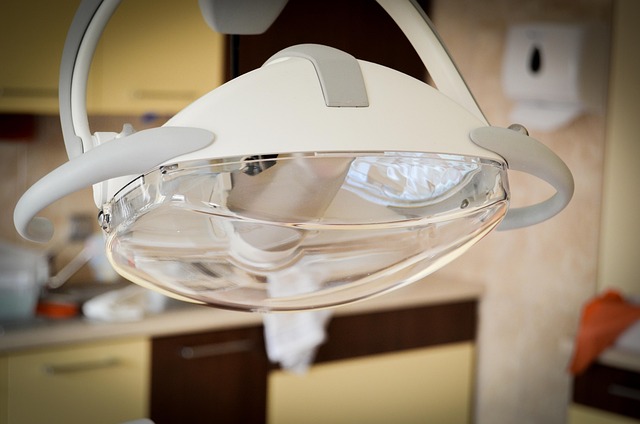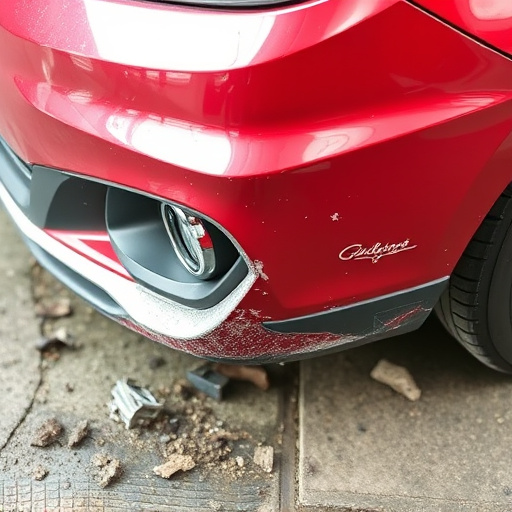In auto body repair, managing effective insurance-approved repair cycle times is crucial for maintaining positive relationships with insurance companies and enhancing a shop's reputation. Delays can negatively impact approval ratings by raising concerns about work quality and adherence to standards. To optimize repairs, shops should focus on enhanced communication, efficient inventory management, and digital solutions, leading to faster turnaround times, improved accuracy, and better policy terms for policyholders.
In today’s competitive automotive industry, understanding the impact of repair cycle times on insurance approval ratings is crucial. Delayed repairs can significantly hinder customer satisfaction and insurance company assessments, leading to lower insurance-approved claims. This article delves into the intricate relationship between swift repair cycles and favorable insurance approvals, offering valuable insights and strategies to optimize the repair process for better outcomes. By implementing efficient practices, garages can enhance their standing with insurance providers and ensure faster, more accurate repairs.
- Understanding the Connection Between Repair Cycle Times and Insurance Approval Ratings
- The Impact of Delayed Repairs on Insurance Company Assessments
- Strategies to Optimize Repair Process Efficiency for Better Insurance Approval Rates
Understanding the Connection Between Repair Cycle Times and Insurance Approval Ratings

In the world of auto body repair, understanding the intricate relationship between repair cycle times and insurance-approved repairs is paramount for auto repair shops to maintain positive relationships with insurance companies. Repair cycle time refers to the duration it takes from the moment a vehicle arrives at the shop until it’s restored to its pre-incident condition and returned to the insured. Insurance approval ratings, on the other hand, are a measure of an auto body repair shop’s efficiency and quality of work, directly influenced by these cycle times.
When an auto repair shop consistently delivers vehicles within agreed upon timelines, insurance companies perceive this as a testament to their operational efficiency and commitment to quality auto body repair. Conversely, lengthy repair cycles can raise red flags, indicating potential inefficiencies or substandard work. As such, keeping repair cycle times optimized is crucial for maintaining and enhancing insurance-approved repairs, ensuring both customer satisfaction and positive business relationships.
The Impact of Delayed Repairs on Insurance Company Assessments

Delayed repairs can significantly impact insurance company assessments and approval ratings. When a vehicle undergoes an insured repair, such as a vehicle dent repair or auto painting, insurance providers closely monitor the process to ensure it aligns with industry standards and safety regulations. Any deviation from these norms or significant delays in completing the repair can raise red flags. Insurance companies assess the overall quality of the work, including materials used, techniques employed, and adherence to manufacturer specifications, especially for intricate tasks like car restoration.
These assessments influence approval ratings, which can have direct consequences on future claims processing. Efficient and insurance-approved repairs are crucial in maintaining positive relationships between insureds and insurers. Timely completion ensures that vehicles return to their pre-incident condition, enhancing safety and satisfaction. Insurance providers recognize the value of prompt service, as it reduces costs, minimizes further damage, and demonstrates a commitment to customer care—all factors that contribute to favorable approval ratings for repair facilities and ultimately better terms for policyholders.
Strategies to Optimize Repair Process Efficiency for Better Insurance Approval Rates

Optimizing the repair process is a strategic move to boost insurance-approved repairs and, consequently, insurance approval ratings. One effective strategy involves streamlining communication between all stakeholders—insurers, repair shops, and policyholders. Seamless information flow ensures that claims are processed swiftly, reducing turnaround times. Additionally, investing in efficient inventory management systems can significantly enhance auto repair services’ overall productivity. Well-organized workshops with readily accessible parts speed up the car scratch repair and car paint services processes, leading to faster turnaround times.
Another key approach is to implement digital solutions for estimating and documenting repairs. Digital platforms allow for precise and detailed documentation of damage, making it easier for insurers to assess claims accurately. Furthermore, these tools can automate certain approval steps, reducing manual errors and delays. By embracing such innovations, repair shops can enhance their reputation for timely and high-quality insurance-approved work.
Repair cycle times significantly influence insurance approval ratings, with efficient processes leading to more favorable assessments. By understanding the impact of delayed repairs and implementing strategies to optimize the repair process, insurers can enhance their approval rates and improve customer satisfaction. Embracing these tactics ensures a seamless experience for policyholders while fostering a robust relationship between repair facilities and insurance providers.












